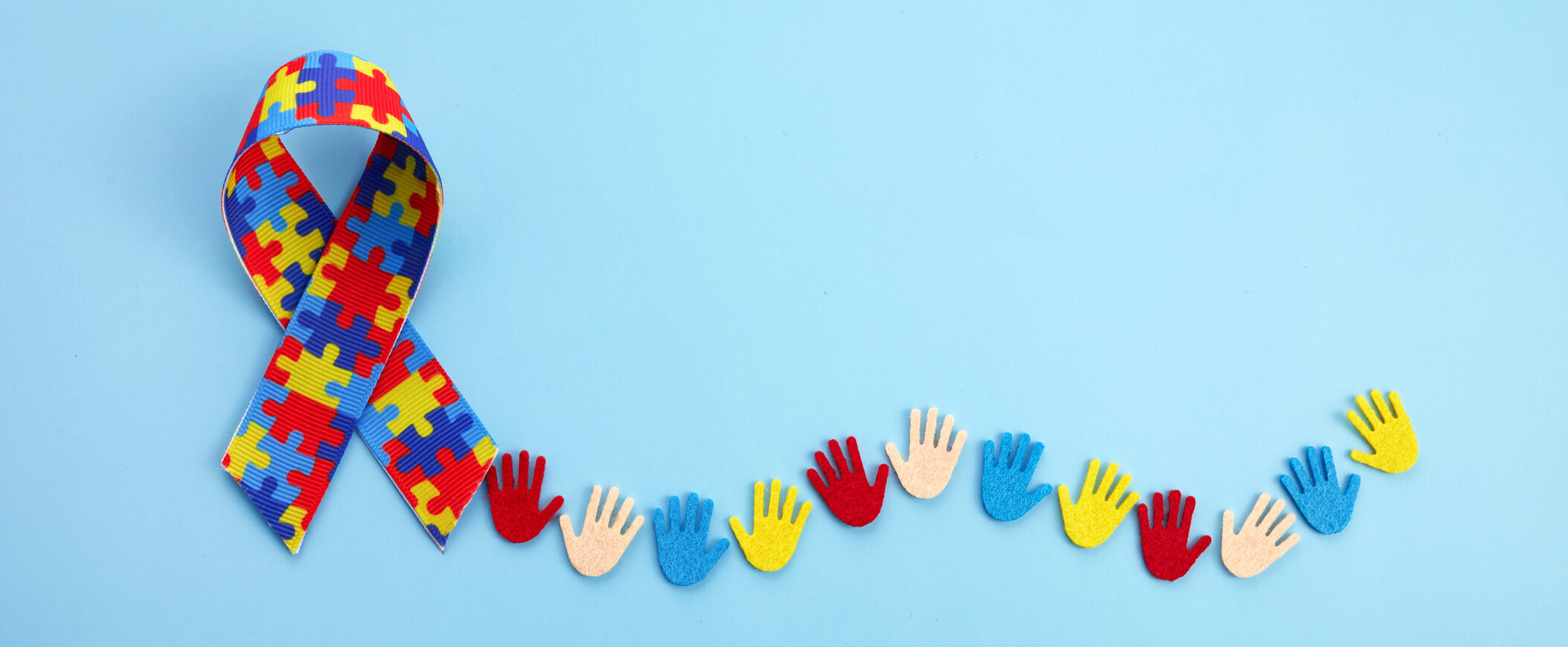
What is autism?

Autism Spectrum Disorder (ASD) is a complex developmental disorder that affects communication, social interaction, and behavior. It is considered a spectrum disorder because the symptoms and severity can vary widely from person to person. Autism is a neurodevelopmental disorder that typically appears during the first two years of life, and affects how a person interacts with others, communicates, and learns. It is estimated that 1 in 54 children in the United States are diagnosed with autism.
One of the most striking characteristics of autism is difficulty with social interaction. Individuals with autism may have difficulty initiating and maintaining social interactions, understanding social cues, and responding to social cues in an appropriate manner. They may also have difficulty forming friendships or maintaining relationships. For example, a child with autism may not make eye contact, may not respond to his or her name, or may not initiate play with other children.
Another characteristic of autism is difficulty with communication. Individuals with autism may have difficulty expressing themselves effectively, understanding spoken language, or using language in a socially appropriate way. For example, a child with autism may not speak at all, may use only a few words, or may repeat phrases over and over again. They may also have trouble understanding nonverbal communication such as facial expressions or body language.
Restricted and repetitive patterns of behavior, interests, and activities are also common characteristics of autism. Individuals with autism may engage in repetitive behaviors such as lining up objects, rocking, or spinning, and may have a strong interest in specific topics or objects. They may also have difficulty with changes in routine or environment, and may become upset when things are not done in a certain way.
It’s important to note that, the symptoms of autism can vary widely from person to person. For example, some individuals with autism are nonverbal and have intellectual disability, while others are highly verbal and have average or above-average intelligence. Some individuals with autism have severe difficulty with social interactions and communication, while others have mild difficulty.
The diagnosis of autism is typically made by a qualified healthcare professional, such as a psychologist, psychiatrist, or developmental pediatrician, who has experience and training in diagnosing autism. The most widely used method for diagnosing autism is the Diagnostic and Statistical Manual of Mental Disorders, 5th edition (DSM-5) criteria. To meet the criteria for a diagnosis of autism, an individual must have persistent difficulties with social communication and interaction, as well as restrictive and repetitive patterns of behavior, interests, or activities.
In addition to the DSM-5 criteria, healthcare professionals may use various assessment tools such as the Autism Diagn Observation Schedule (ADOS) and the Childhood Autism Rating Scale (CARS) to evaluate an individual’s behavior, communication, and development. The ADOS is a standardized assessment tool that is used to observe an individual’s behavior and interactions during various activities, such as playing with toys or having a conversation. The CARS is a rating scale that is used to evaluate an individual’s communication, social interaction, and behavior.
It’s important to note that, early intervention is crucial for the best outcomes for individuals with autism. Behavioral therapy, speech therapy, and occupational therapy can help individuals with autism improve their communication and social skills, as well as reduce repetitive behaviors. Medications may also be used to treat specific symptoms such as anxiety or hyperactivity.
To summarize, Autism Spectrum Disorder (ASD) is a complex developmental disorder that affects communication, social interaction, and behavior. It’s considered a spectrum disorder because the symptoms and severity can vary widely from person to person. Individuals with autism may have difficulty with social interaction, communication, and may engage in repetitive behaviors and have a strong interest in specific topics or objects. The diagnosis of autism is typically made by a qualified.